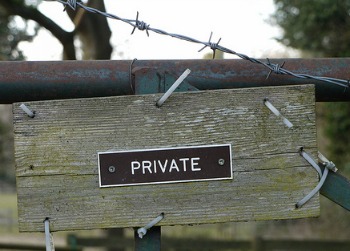When looking at opportunities to contain risk and expenses, many companies feel they are a bad fit for a captive insurance. The truth is, a captive could work for any firm willing to take the time to invest in this risk management tool.

Now let's bust five common myths about captive insurance.
1.) Captives Are Only for Large Companies
Because Fortune 1000 companies have dominated the traditional (831a) captive landscape, small to mid-size companies have been less eager to explore this alternative insurance. The market has reacted, and today many companies that generate as little as $150,000 in insurance premiums are jumping into a captive program.
2.) Captive Insurance Doesn’t Cover All Business Risk
While this fundamentally is true, a captive engages with business risks that the traditional insurance market has shied away from or made cost prohibitive. Some examples of so-called “uninsurable” risks that are addressed by (831b) captive insurance could be:
- Warranty programs
- Loss of key customer or employee
- Cyber liability
- Patent infringement/intellectual property
You get the picture — captives are used broadly. Any issue that could be viewed as a risk to a business is on the table for captive insurance consideration.
3.) Captives Are Not Risk Management Tools
Huh?? This is one of my favorite myths. It is the opposite: captives are a risk management strategy.
By entering into a captive, you decide how much risk to retain. You have a say in claims and loss prevention decisions. You have vendor-selection control over risk, claims, and loss prevention. Captives also offer significant advantages for taxes and succession planning and wealth management.
4.) Captives Cost Too Much
While the upfront costs for captive insurance can be intimidating (management fees, excise taxes, LLC cost, reserve funding, etc.), remember that a captive is part of a long-term strategy. Expect a 3-5 year return on investment with captive insurance.
Companies that have embraced solid risk management principles are good candidates to explore the many advantages that captives provide.
5.) All Captives Are Foreign Based
This is a big myth to bust! Today, domestically domiciled captive companies can be found in Vermont, Colorado, Kentucky, Delaware, Hawaii, Utah, and Montana. Captives don't only live in the Cayman Islands!
CFOs and risk managers may be happy to discover what they don't know about captive insurance. Maybe a captive strategy could fit your organization right now!
Perhaps the biggest myth of all is that captive insurance solves all your risk management and insurance needs when really it is a component part to a very large machine called risk management. The question every company should ask is, "Do we own our risk?"
What other questions about captive insurance would you like to have answered on our blog? Please share in comments!
Learn how leading companies are using single-parent captives to break-free from insurance dependency
.png?width=69&height=53&name=Acrisure%20Logo%20(White%20Horizontal).png)


